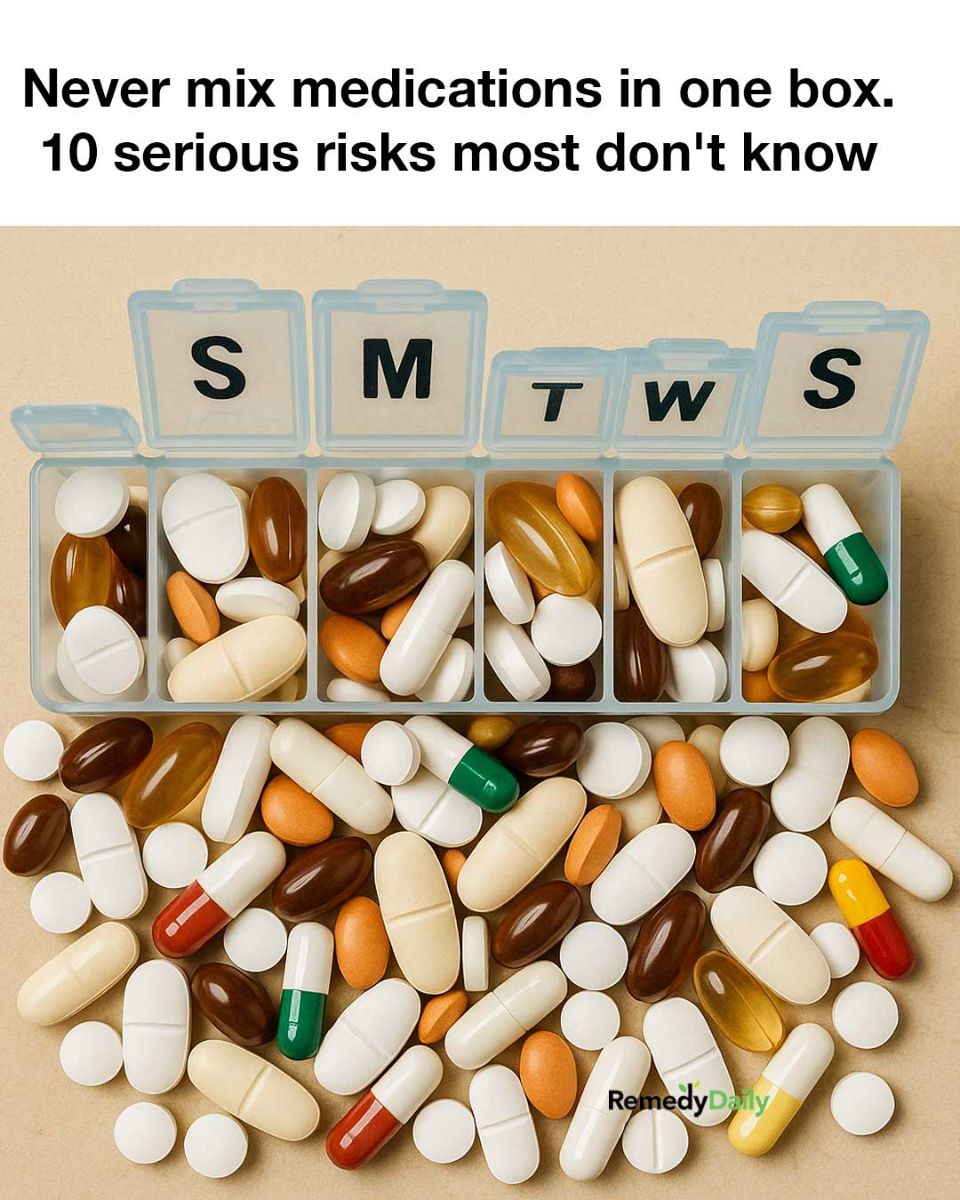When medications are mixed, there is an increased likelihood of experiencing adverse side effects. This is because the interaction between different drugs can amplify their side effects or create new ones. For instance, combining medications that both cause drowsiness can lead to excessive sedation, impairing cognitive and motor functions.
Additionally, some medications can interfere with the metabolism of others, leading to higher concentrations in the bloodstream and increased side effects. This is particularly concerning for medications that affect the central nervous system, as they can lead to severe outcomes such as respiratory depression or seizures. Therefore, it is important to store and take medications as prescribed to minimize the risk of adverse effects.
4. Reduced Efficacy of Medications
Mixing medications can compromise their efficacy, rendering them less effective in treating the conditions they are prescribed for. This can occur due to chemical interactions that degrade the active ingredients or due to environmental factors such as moisture and light exposure when medications are stored improperly.
For example, certain antibiotics can lose their potency when exposed to moisture, making them less effective in fighting infections. Similarly, medications that require specific storage conditions, such as those that need to be kept in a cool, dark place, may become ineffective if mixed with other drugs that are stored differently. To ensure medications work as intended, it is crucial to adhere to their specific storage requirements.
5. Difficulty in Identifying Pills
When medications are mixed in one container, it becomes challenging to identify individual pills. This is particularly problematic for individuals who rely on visual cues to differentiate their medications. Mistaking one medication for another can lead to missed doses or taking the wrong medication, both of which can have serious health implications.
For individuals with visual impairments or cognitive difficulties, the risk of misidentification is even higher. To prevent such issues, it is advisable to use pill organizers with separate compartments for each medication or to keep medications in their original packaging, which often includes important information such as the drug name, dosage, and expiration date.
6. Cross-Contamination Concerns
Cross-contamination occurs when particles from one medication mix with another, potentially altering their effectiveness or safety. This can happen when medications are stored together in a single container, especially if they are not properly sealed. Cross-contamination is a significant concern for medications that are sensitive to contamination, such as those used in treating chronic conditions or those with narrow therapeutic windows.
For example, cross-contamination between a medication that requires precise dosing, such as insulin, and another drug can lead to unpredictable blood glucose levels, posing a risk to individuals with diabetes. To avoid cross-contamination, it is essential to store medications in their original containers or use dedicated pill organizers with secure compartments.
7. Impact on Expiration Dates
Mixing medications can make it difficult to track expiration dates, increasing the risk of taking expired drugs. Expired medications may lose their potency, making them less effective in treating medical conditions. In some cases, expired medications can even become harmful due to the breakdown of active ingredients into toxic compounds.
For instance, expired tetracycline antibiotics can degrade into compounds that can cause kidney damage. To ensure medications remain safe and effective, it is important to regularly check expiration dates and dispose of expired medications properly. Keeping medications in their original packaging can help in easily identifying expiration dates and ensuring timely disposal.
8. Complications in Emergency Situations
